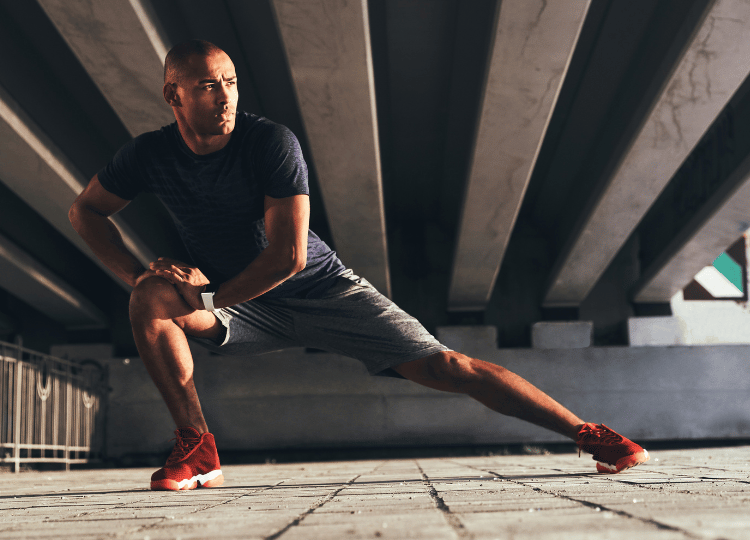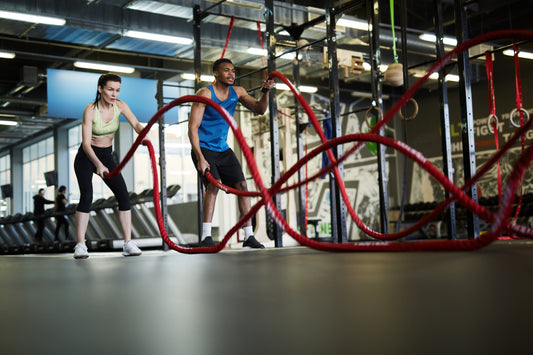The Unsung Heroes of Your Fitness Journey
We talk a lot about endurance training, weight training, nutrition, and sleep but in and amongst all of that there is something we haven’t touched on and that’s flexibility and mobility; two often overlooked but incredibly important aspects of fitness and training.
While they might not grab headlines like a new deadlift PR or finishing a marathon, they're absolutely crucial for both your athletic performance and daily quality of life. So, let's dive into why flexibility and mobility should be your new daily essential, and how you can easily incorporate them into your active lifestyle.
Flexibility vs. Mobility: What's the Difference?
First things first, let's clear up some common confusion. While flexibility and mobility are related, they're NOT the same thing.
Flexibility is the ability of a muscle or muscle groups to lengthen passively through a range of motion. Think touching your toes or doing a split.
Mobility, on the other hand, is the ability of a joint to move actively through a range of motion. This involves not just the muscles, but the joints, ligaments, and tendons all working together.
Both are key to a well-rounded fitness regimen, helping you move better, perform better, and most importantly stay injury-free. But why do they matter so much?





